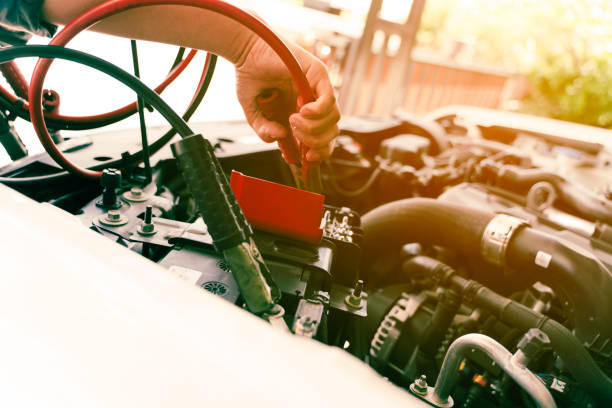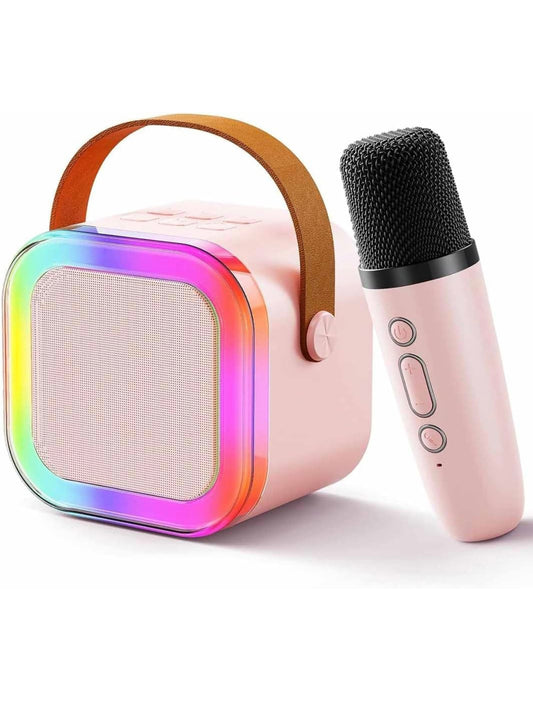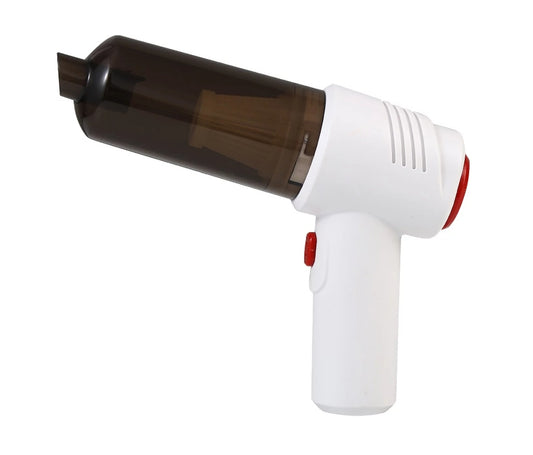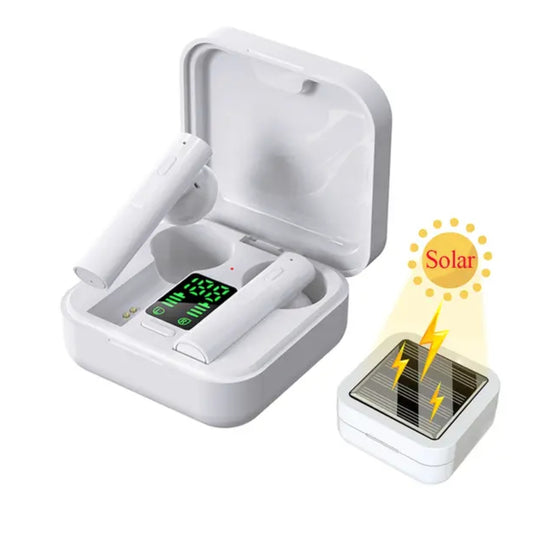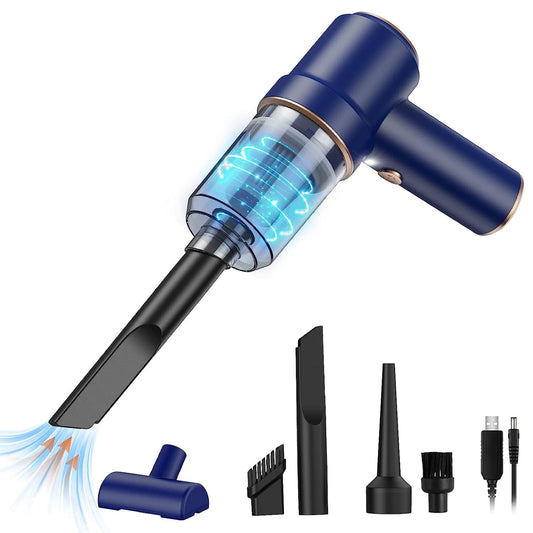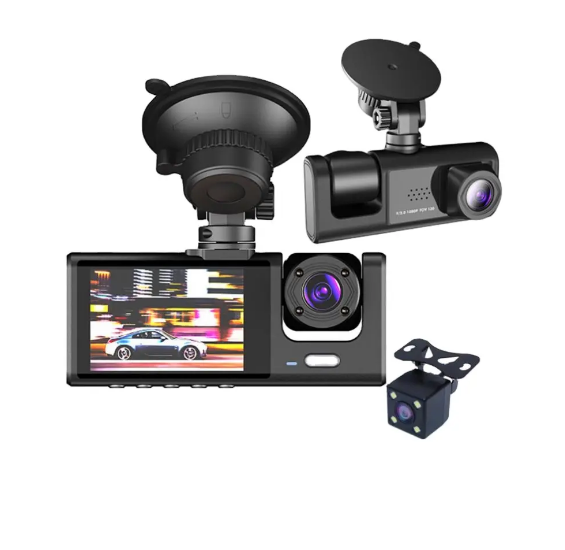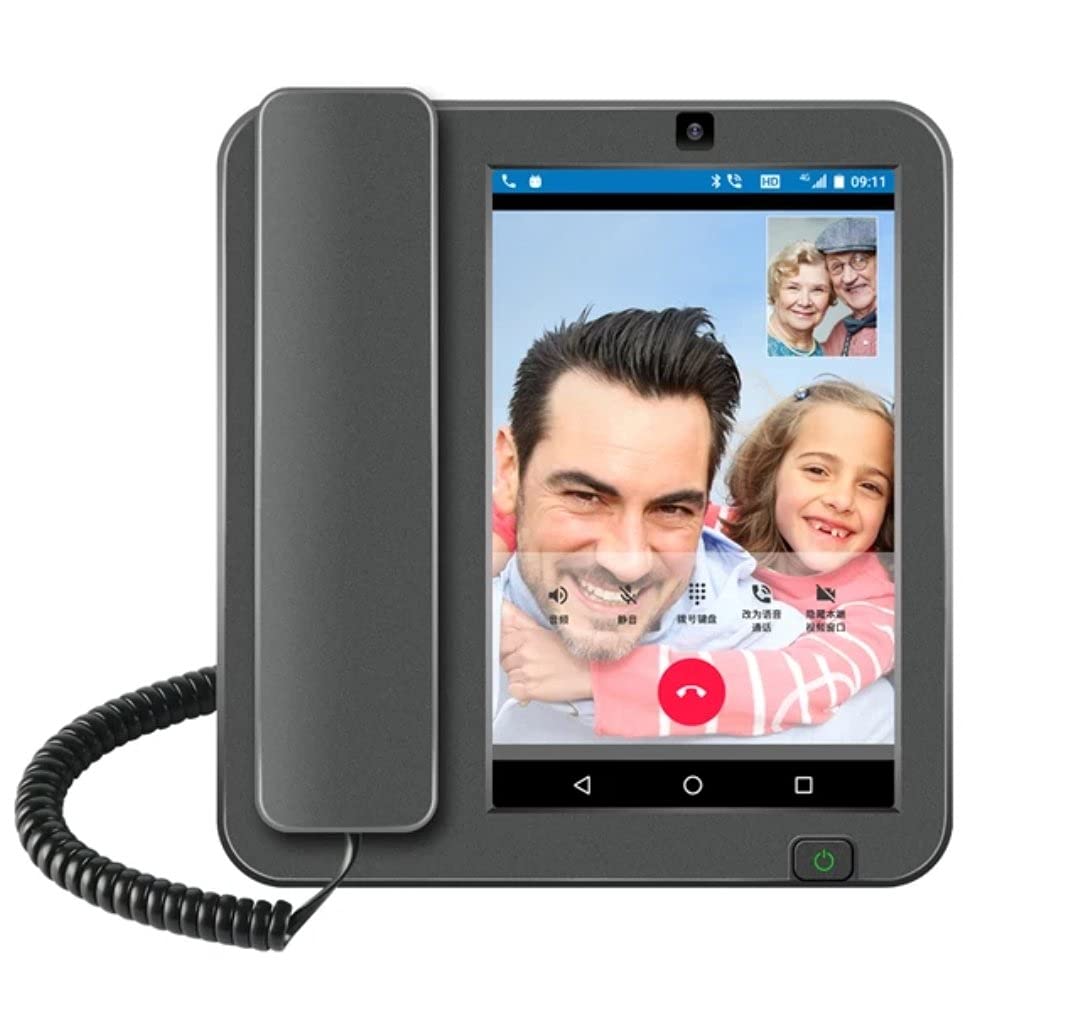Imagine you’re on the road, and suddenly your car won’t start. The culprit? A dead battery. Knowing how to jump start a car can turn this frustrating experience into a quick and manageable one, saving you time and stress. Whether you’re at home, in a parking lot, or stuck on the highway, knowing how to jump start a car is an essential skill for every car owner. This guide will walk you through the step-by-step process of how to jump start a car using jumper cables or modern portable jump starters.
You’ll also learn about essential tools, important safety precautions, and tips for maintaining your car battery to avoid frequent jump-starting. Keep reading to discover everything you need to know about how to jump start a car, so you can be prepared for the next time your vehicle’s battery fails.
What is Jump-Starting a Car?
Jump-starting a car involves using a second, working car or a portable jump starter to provide enough power to a dead car battery to start the engine. By connecting the two batteries through jumper cables, the dead battery receives a boost of power, allowing the car to start and continue running long enough to recharge its own battery.
Why Do Car Batteries Fail?
There are several common reasons why a battery may fail:
- Leaving lights on: A frequently made mistake is forgetting to turn off headlights or interior lights, draining the battery.
- Aging battery: Car batteries lose their capacity to hold a charge over time. If your battery is over 3 years old, it may need replacement.
- Extreme weather conditions: Both cold winters and hot summers can place significant strain on your battery, causing it to fail when you least expect it.
When Might You Need to Jump-Start a Car?
You will need to jump start a car when the battery can’t provide enough power to start the engine. The following signs indicate a dead or drained battery:
- No sound or a clicking sound when turning the key or pressing the start button.
- Dim headlights or dashboard lights.
- The engine turns over slowly.
Tools You’ll Need
Before you learn how to jump start a car, make sure you have the following tools ready:
- Jumper Cables: The essential tool needed for connecting your car to a working vehicle’s battery.
- A Working Vehicle: This can be another car, or in the case of no other vehicle being available, a portable jump starter.
Introduction to iGADG’s Portable Car Battery Jump Starters
A more modern alternative to using another vehicle is a portable jump starter. These compact and powerful devices can jump-start your car without the need for a second car. iGADG offers various models, including the A20 and A22 SafetyBoost, which are designed to be safe, easy to use, and capable of jump-starting most car batteries. Portable jump starters are great for those who frequently drive alone or for anyone who wants a quick, reliable solution to jump-start their car in emergencies.
Step-by-Step Guide to Jump-Starting a Car with Another Vehicle
Let’s dive into the actual process of how to jump start a car using jumper cables:
Preliminary Steps:
- Turn off both vehicles: Before making any connections, ensure that both the dead car and the donor car are completely turned off.
- Identify the battery terminals: On both cars, locate the positive (+) and negative (-) terminals on the batteries. The positive terminal is often marked in red, and the negative terminal is typically black.
Connecting the Jumper Cables:
- Red to Positive Terminal: Attach the red (positive) jumper cable to the positive terminal of the dead battery.
- Red to Positive on Donor Car: Connect the other end of the red jumper cable to the positive terminal of the donor car’s battery.
- Black to Negative on Donor Car: Now, attach the black (negative) jumper cable to the negative terminal of the donor car’s battery.
- Black to Ground: Instead of connecting the black cable to the negative terminal of the dead car, clamp the other end of the black cable to an unpainted metal part of the dead car’s engine or chassis. This grounds the connection safely.
Starting the Engines:
- Start the donor car first: Turn on the engine of the donor car and let it run for a few minutes. This will help charge the dead battery.
- Start the dead car: After a few minutes, try starting the dead vehicle. If it starts, let it run for at least 20 minutes to allow the battery to charge up.
Disconnecting the Cables Safely:
- Reverse the connection order: Always remove the cables in reverse order—black from the grounded surface, black from the donor car, red from the donor car, and finally, red from the dead car. This reduces the risk of sparks or short circuits.
Alternatives When Another Car Isn’t Available
If you don’t have another car available, there are other ways to jump start a car:
Using Portable Jump Starters:
A portable jump starter is a great alternative when no other vehicle is available. These devices are rechargeable and can jump-start your car with just a push of a button. Models like iGADG’s 4-in-1 Roadside Savior offer more than just jump-starting power; they also include features like an air compressor and emergency flashlight, making them versatile tools for any driver.
Other Methods:
- Push-starting: If you have a manual transmission, you can push-start your car. This requires a bit of help from someone else to push the car until it picks up speed, at which point you engage the clutch and start the engine.
- Solar Chargers: Solar-powered chargers can also be used to charge your car’s battery over time, although they aren’t suitable for an immediate jump-start.
Safety Tips
When learning how to jump start a car, it’s crucial to follow safety guidelines to prevent accidents or damage to your vehicle. Here are some important tips:
- Proper Cable Connections: Always double-check that you are connecting the cables correctly, as incorrect connections can cause sparks or even explode the battery.
- Avoid Sparks: Be sure the jumper cables do not touch one another while in use, especially near the battery, which could cause dangerous sparks.
- Double-Check Polarity: Incorrectly connecting the positive and negative terminals can damage your car’s electrical system. Always ensure the red cable is connected to the positive terminal and the black to the negative.
Maintaining Your Car Battery
To minimize the need to jump start a car, regular battery maintenance is key:
- Regular Inspections: Have your battery inspected during routine vehicle maintenance. This can help identify potential issues before they cause problems.
- Clean the Terminals: Battery corrosion on the terminals can prevent a proper connection. Clean the terminals to keep them free from dirt and corrosion.
- Avoid Frequent Deep Discharges: Try not to let your battery completely discharge often, as this can shorten its lifespan.
- Use a Battery Tester: A battery tester is a helpful tool for monitoring the health of your battery. Regular testing will help prevent surprises.
Conclusion
Knowing how to jump start a car is an essential skill that can help you avoid being stranded with a dead battery. Whether you choose to use jumper cables or invest in a portable jump starter, having the right tools and following proper safety procedures are crucial. Don’t forget to maintain your car’s battery regularly to avoid future dead battery scenarios.
Don’t let a dead battery ruin your day. Explore iGADG’s Car Jumpers Collection today to stay prepared for any emergency and keep your car running smoothly on the road.
Frequently Asked Questions
Q1. How do I know if my car battery is dead?
If your car is unresponsive, makes a clicking sound, or your lights are dim, your battery may be dead.
Q2. What cars can I use to jump-start mine?
You can use any car with a similar voltage (12V) to jump-start your car.
Q3. Is it safe to jump-start a car alone?
Yes, as long as you follow the proper steps and safety guidelines.
Q4. Can a portable jump starter work for all cars?
Most portable jump starters can jump-start any car, but be sure the model is compatible with your vehicle’s battery size.
Q5. How long should I run the engine after a jump-start?
After a successful jump start, keep your engine running for at least 20 minutes to recharge the battery.
Q6. Can I leave my car running for too long after a jump start?
No, it's safe to leave your car running, but don't leave it running for excessively long periods.
Q7. What if my car doesn’t start after a jump?
If your car doesn’t start after trying a jump, you might need a new battery, or there could be another electrical issue.
Q8. How can I prevent my battery from dying?
Regularly inspect your battery, avoid leaving lights on, and get it tested every 6–12 months to prevent failure.
Related Articles
How to check car battery health | Reasons for car not starting | How to recharge car battery | How to start a car with low battery | Low battery indicator in car | What to do when car battery dies | Car battery not charging

